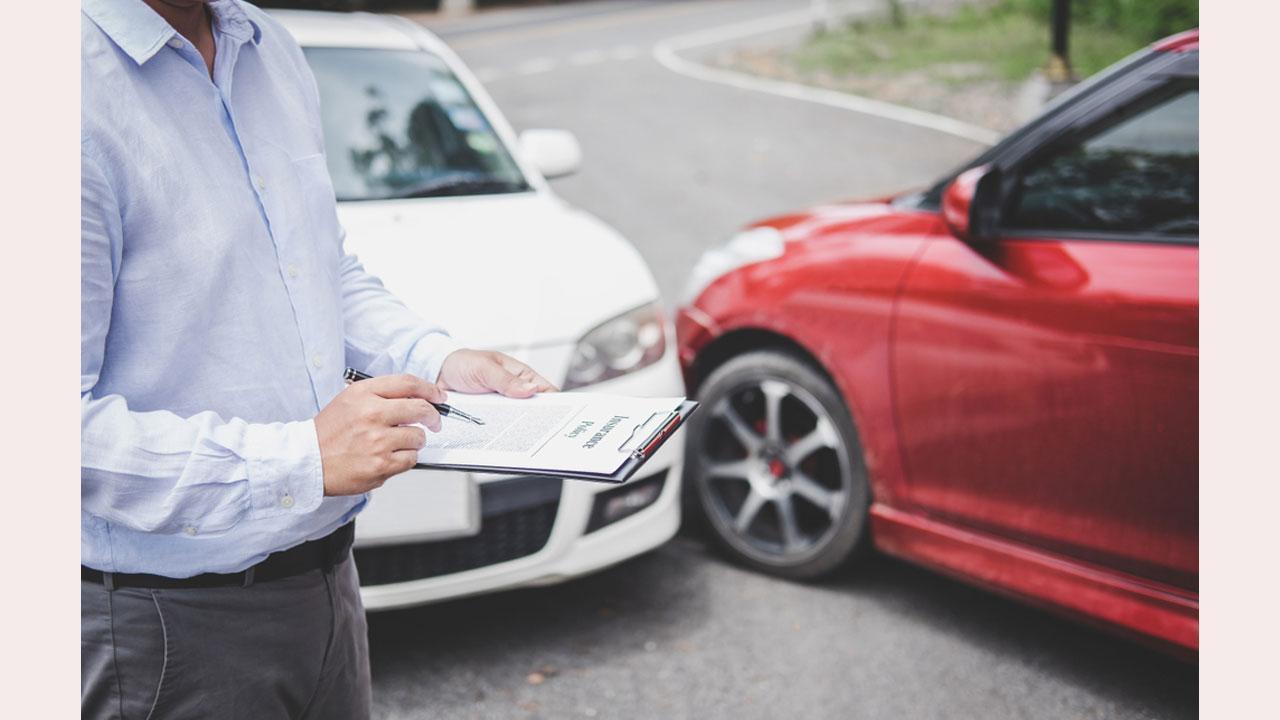That means you end up paying a portion of the repair costs out of pocket. However, with bumper-to-bumper insurance, the insurer does not factor in depreciation.

Car Insurance
A four-wheeler does not run solely on a battery; it has many complex parts that ensure a smooth driving experience while providing comfort to the driver and passengers. But what if, while exploring one of your favourite locations, your car is hit by another motorist, leading to severe damage? You might think there is nothing to worry about as you have coverage. But do you know that car insurance has a few clauses that reduce the claim amount? One such clause is depreciation. And to deal with this clause, there is bumper-to-bumper insurance.
ADVERTISEMENT
What is Depreciation in Insurance?
Depreciation in car insurance refers to the consistent decline in the value of your vehicle’s components due to factors like age, usage, and normal wear and tear. When you make an insurance claim, the insurer deducts the applicable depreciation from the claim amount.
The insurance regulator pre-decides the depreciation rate up to specific years.
Let’s look at this rate chart to understand the concept better.
|
Vehicle Age |
Rate of Depreciation |
|
Less than six months |
Nil |
|
Between six months and one year |
5% |
|
Between one year and two years |
10% |
|
Between two years and three years |
15% |
|
Between three years and four years |
25% |
|
Between four years and five years |
35% |
|
Between five years and ten years |
40% |
|
Above ten years |
50% |
The regulatory body has also provided a depreciation rate for vehicles based on their components.
|
Parts made from nylon, plastic, and rubber |
50% |
|
Every fiberglass part |
30% |
|
Parts made up of glass |
Nil |
What is Bumper-to-Bumper Insurance?
In a standard comprehensive car insurance policy, the insurer deducts the depreciation value from the claim amount when repairing or replacing damaged parts. That means you end up paying a portion of the repair costs out of pocket. However, with bumper-to-bumper insurance, the insurer does not factor in depreciation.
Let's say you have a brand-new car, and unfortunately, it gets into an accident. The repair costs for replacing the damaged parts (such as the bumper, fenders, doors, etc.) would be quite high. If you have a bumper-to-bumper insurance policy, the insurer will cover the entire cost of these repairs, including the full value of the parts, without considering their depreciation.
While bumper-to-bumper car insurance covers most parts of your car, it does not extend to engine damage from oil leakage or water ingression. Additionally, expenses related to mechanical breakdowns, consumables, or oil changes are not covered.
How to Raise a Bumper-to-Bumper Claim?
Here is the step-by-step guide to raising bumper-to-bumper claims.
- Step 1: Soon after the occurrence of the covered incident, inform your insurance provider immediately.
- Step 2: You must have all the documents handy. If you are unsure of the paperwork, discuss it with your insurer’s executive. You will typically need a policy copy, vehicle registration certificate, and driving license. An FIR copy is required for claims arising out of an accident.
- Step 3: The insurer will assign a surveying officer to your claim file. The surveying officer will review the damage type, prepare a report, and submit it to the claim department based on the evaluation.
- Step 4: The insurer’s claim team will review the report and, if approved, settle the claim according to the terms of your policy. Remember, bumper-to-bumper insurance covers all parts except the engine, batteries, tyres, tubes, and glass.
What is Not Covered under the Bumper-to-Bumper Cover?
You must keep the following circumstances in mind when it comes to coverage under this policy:
- Many insurers have capped the number of claims you can raise in a policy period. You need to check this with your insurance provider to avoid any last-minute hassle.
- The insurer might reject the application if, during the inspection, they find that the vehicle is being used for illegal activities.
- If the bumper-to-bumper cover is for a private vehicle policy, but you are found using the car for commercial purposes, no claims will be entertained.
- Most insurers have a provision where claims are not processed if they are related to batteries, engine damage, glass, bearings, tyres, or clutch plates.
- You cannot claim on an expired policy.
- No claim will be approved if the driver of the insured vehicle is found to be under the influence of alcohol over and above the permissible limits.
Conclusion
Bumper-to-bumper insurance suits people with luxury cars, new vehicles, or models with expensive spare parts. This coverage can also provide peace of mind if you reside in an accident-prone area.
 Subscribe today by clicking the link and stay updated with the latest news!" Click here!
Subscribe today by clicking the link and stay updated with the latest news!" Click here!







